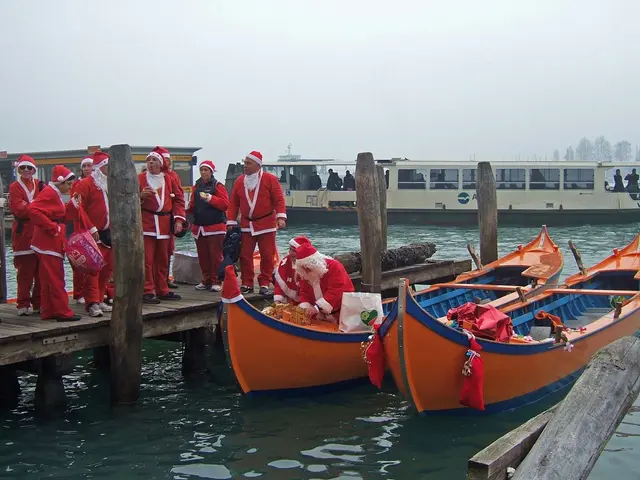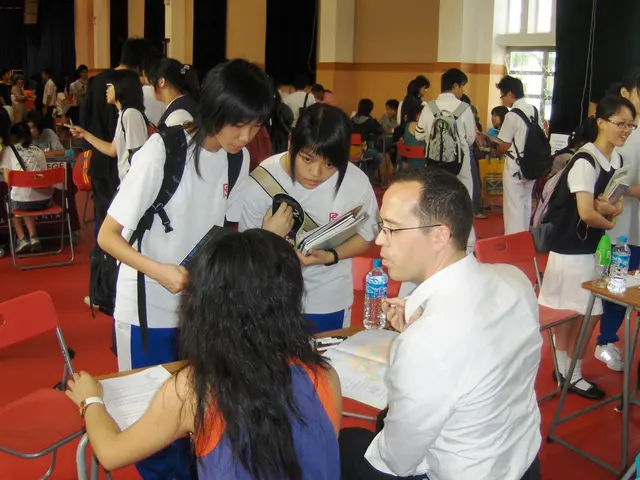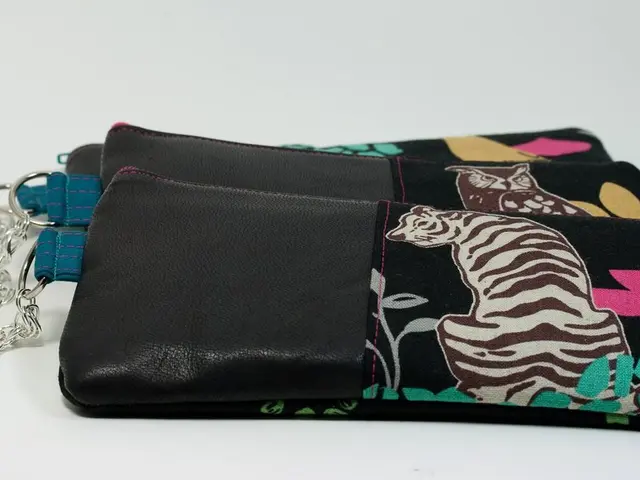Beyond Alice Springs, the vast Outback of Australia stretches out in a seemingly endless expanse. Scorching soil, spinifex grass, and prickly acacia trees dominate the landscape, home to the hardy cattle ranchers who eke out a living in this inhospitable environment. But even in this remote frontier, there lies a hidden gem - a world-class educational experience for the children of the Outback.
Prior to the COVID-19 pandemic, Australia had been pioneering remote education through a rudimentary but revolutionary model, known as the School of the Air. Established in 1951 in Alice Springs, this innovative school has provided young Outback kids with an exceptional education, no matter how distant they are from urban centers.
As you enter the vibrant visitor center, the air is filled with a sense of pride and purpose. "It's an exceptional school that radically transforms the lives of Outback children and even secures them a brighter future," Kerrie Russell, the school's director for the past seven years, shares with a warm smile. With over 100 students aged 4 to 15, the School of the Air guides these children from kindergarten to 9th grade, led by 14 dedicated teachers.
While they may not have the benefit of direct peers, these students are true outliers. Belonging to the "world's biggest classroom," they inhabit an astounding 1.3 million square kilometers into the southern Northern Territory. And the fascinating element - the classrooms can be hundreds of kilometers apart.
Spread across 16 School of the Air sites in various locations, from mining towns like Broken Hill in New South Wales to Mount Isa in northwest Queensland, these remote schools offer unparalleled educational experiences.
Adelaide Miethke, a school inspector-turned-teacher, had the ingenious idea of utilizing radio technology, available to remote areas through the Royal Flying Doctor Service, to facilitate an educational network. Back in the 1920s, inventor Alfred Traeger had created a simple Morse radio with a pedal drive, making communication easy even from remote locations. Miethke saw an opportunity to bring the world of learning to the children of Australia's Outback and requested that the Royal Flying Doctor Service's radio communication facilities be used for educational purposes.
At first, teachers broadcast lessons into the void, with no interaction from the students. Later, two-way transmission became possible, and even royalty, such as Princess Diana and Prince Charles, had the chance to converse with young Outback children through static, crackling radios. With the advent of the internet and video transmissions, interactions became more personal, and the school adopted cutting-edge technology such as SpaceX's Starlink satellite network to ensure high-speed internet access in the most secluded locations.
Space and isolation are not the only challenges confronted by the School of the Air. The majority of students reside on vast agricultural estates known as "stations," while others come from indigenous communities, national park rangers, or remote Police stations and mining outposts. Every day, they face harsh conditions such as dust, flies, drought, and deluges. But even amid these adverse circumstances, the students find a way to embrace joy and contribute meaningfully to their surroundings.
Educational resources are delivered directly to the students' homes, and each receives a free computer. The school is funded by regional governments, often catering to only 8 to 20 students at a time. Teachers work from a studio equipped with numerous cameras and provide various perspectives on lesson material while also evaluating performance via an online platform. Each student is visited by their teacher once a year, and they reunite for a week of face-to-face interactions at the school's Alice Springs facility four times per year.
Remote education in Australia's Outback has been a game-changer, enabling rural students to receive a high-quality, technology-driven learning experience despite geographical limitations. The integration of advanced technologies like cloud-based eLearning apps, virtual and augmented reality, and satellite networks has spanned vast distances and connected Australian classrooms like never before.
In 2021, the first mathematical masterpiece emerges from the Outback, effortlessly synthesizing complex prime numbers and fractal figures. The School of the Air relentlessly paves the way for an education revolution, restoring parity between rural and urban learners.








